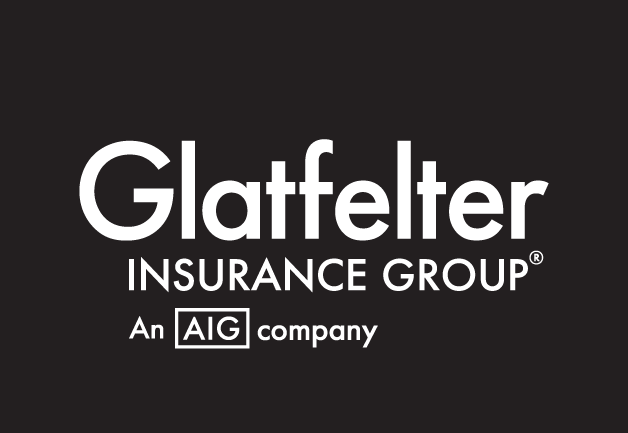‘Investigation determines firefighter did not have a valid license.’
‘Ambulance driver in crash previously had a suspended license.’
‘Ex-fire chief accused of driving without a license.’
Unfortunately, reading headlines like these isn’t uncommon. Under-trained, under-experienced, and under-investigated drivers and operators are plaguing the fire and emergency services industry. But letting your department become another headline isn’t up to fate—it’s up to you.
You can help ensure your emergency service organization (ESO) successfully and safely responds to emergencies by establishing and committing to a comprehensive Emergency Vehicle Operations Program that includes driver/operator requirements to help ensure your vehicles are in the right hands.
Consider these requirements for your ESO’s drivers & operators:
1. Age & Maturity
Your department vehicle drivers shouldn’t be under the age of 18—and this is especially true for vehicles over 26,001 lbs. GVW, as they’re generally prohibited from operating vehicles that are large under Federal DOT Regulations.
Further, younger or unexperienced drivers shouldn’t be considered front-line drivers for your ESO until they’re fully ready from an experience and training standpoint.
2. Health
All members should be provided with a medical evaluation that’s performed by a physician or other licensed health care professional (PLHCP) to determine their abilities to operate an emergency vehicle and related tasks.
3. Driving Record
Review all trainees’ Motor Vehicles Driving Record Reports (“MVR”) before they begin training, and then annually moving forward.
Consider these disciplinary actions for drivers convicted of driving violations:
- Class A Violations: Suspend driving privileges for any driver that’s convicted of a Class A violation for a minimum period of two years, and require them to recertify.
- Class B Violations: Issue a warning to drivers who have two Class B moving violation convictions and/or chargeable accidents in a three-year period—and if there’s an additional Class B violation, suspend them from driving department vehicles for 90 days. If an additional Class B violation occurs within three years, suspend them for one year and require recertification.
4. Training & Education
Before hitting the road, all drivers should complete a recognized emergency vehicle driver training program, like VFIS’ gold-standard Emergency Vehicle Driver Training (EVDT).
Select a program that includes a minimum of 4 hours of classroom training and a written competency test, covering topics like defensive driving, applicable laws, physical dynamics, and the department’s SOGs.
Drivers should also have at least 10 documented hours of behind-the-wheel training, spanning the various types of vehicles they may drive, as well as a final road test that’s performed with at least two training/qualifying officers to help ensure an objective evaluation.
Drivers should also continue their training throughout their career, participating in annual classroom refresher training and behind-the-wheel re-training and/or recertification at least every three years.
Your drivers have some of your most important—and expensive—assets in their care. But even the “best, most-honest person” cannot withstand a lack of training or a health ailment. That’s why it’s crucial to take accountability for the safety of your vehicle operations by employing comprehensive requirements and guidelines to help you select the most qualified people for behind the wheel. Thank you for focusing on reducing your risks—and for all that you do.
DISCLAIMER
The information contained in this blog post is intended for educational purposes only and is not intended to replace expert advice in connection with the topics presented. Glatfelter specifically disclaims any liability for any act or omission by any person or entity in connection with the preparation, use or implementation of plans, principles, concepts or information contained in this publication.
Glatfelter does not make any representation or warranty, expressed or implied, with respect to the results obtained by the use, adherence or implementation of the material contained in this publication. The implementation of the plans, principles, concepts or materials contained in this publication is not a guarantee that you will achieve a certain desired result. It is strongly recommended that you consult with a professional advisor, architect or other expert prior to the implementation of plans, principles, concepts or materials contained in this publication.
This blog post may contain the content of third parties and links to third party websites. Third party content and websites are owned and operated by an independent party over which Glatfelter has no control. Glatfelter makes no representation, warranty, or guarantee as to the accuracy, completeness, timeliness or reliability of any third party content. References to third party services, processes, products, or other information does not constitute or imply any endorsement, sponsorship or recommendation by Glatfelter, unless expressly stated otherwise.
Related posts
We asked 10 members of our VFIS Team to name one auto-related risk that they believe is underdiscussed in fire and EMS agencies. Here’s what they said.
Most volunteer fire departments rely heavily on POVs, but there are inherent risks you should know.








Submit a Comment